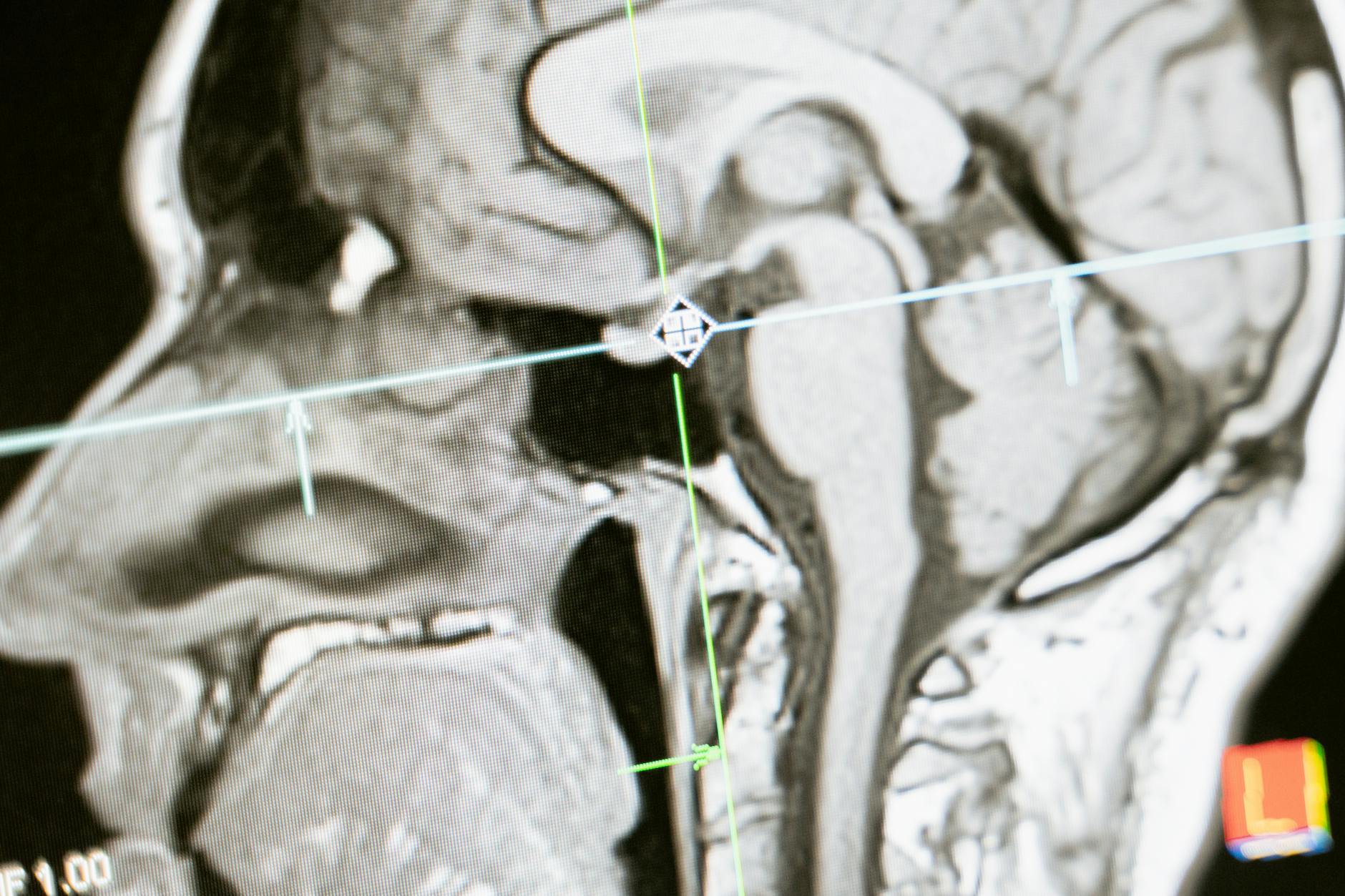
Radiology Tech Programs: Your Ultimate Guide to Launching a Rewarding Career
Picture this: You’re standing in a dimly lit radiology suite, maneuvering an X-ray machine with precision as you help diagnose a patient’s fractured wrist. The doctor nods approvingly at your positioning skills, and you realize – this is exactly where you’re meant to be. If this scenario gives you goosebumps (the good kind), then radiology tech programs might be your golden ticket to a fulfilling healthcare career. But with so many options out there, how do you choose the right path? Let’s break it all down.
What Exactly Are Radiology Tech Programs?
Radiology tech programs are specialized educational pathways that train students to become radiologic technologists – the healthcare professionals who operate imaging equipment like X-rays, CT scans, and MRIs. These programs blend classroom learning with hands-on clinical experience, preparing you for a career where you’ll be the eyes of modern medicine.
I remember my first day in the program – equal parts excitement and terror. The machines looked like something out of a sci-fi movie, and the medical terminology might as well have been ancient Greek. But fast forward a few months, and I was fluently discussing kVp and mAs like they were old friends.
The Three Main Types of Programs
- Certificate Programs: The express lane (typically 1-2 years) for those who already have healthcare experience
- Associate Degrees: The sweet spot (2 years) combining general education with specialized training
- Bachelor’s Degrees: The comprehensive route (4 years) offering advanced opportunities and leadership potential
How to Choose the Best Radiology Tech Program for You
Selecting a program isn’t just about Googling “radiology tech programs near me” and picking the first result. Here’s what really matters:
Accreditation: The Golden Ticket
This isn’t the time to mess around with unaccredited programs. The Joint Review Committee on Education in Radiologic Technology (JRCERT) is the gold standard. I once met a graduate from a non-accredited program who couldn’t sit for the ARRT exam – talk about a career roadblock before it even started.
Clinical Rotation Quality
Classroom learning is great, but you’ll spend countless hours in clinical rotations. Ask programs about their partner facilities. Are students working with cutting-edge equipment or relics from the 90s? My clinical rotation at a major trauma center was challenging but gave me skills I still use daily.
Pass Rates and Job Placement
Any reputable program will proudly share their ARRT exam pass rates and graduate employment statistics. If they’re cagey about these numbers, consider it a red flag waving furiously in your face.
Radiology Tech Programs: 2025 Trends You Should Know
The field isn’t standing still – here’s what’s coming down the pipeline:
| Trend | Impact on Students |
|---|---|
| AI-Assisted Imaging | Programs adding AI interpretation modules to curriculum |
| Hybrid Learning Models | More online theory courses paired with in-person labs |
| Specialization Earlier in Training | Options to focus on CT or MRI during initial programs |
| Increased Focus on Patient Psychology | More training on calming anxious patients during scans |
I recently attended a radiology tech conference where they demonstrated AI that could flag potential abnormalities in real-time. It’s not replacing techs – it’s making us more efficient. The techs who understand these tools will have a serious edge.
The Day-to-Day Reality of Radiology Tech Programs
Let’s pull back the curtain on what your days will actually look like:
Classroom Time: More Than Just X-Rays 101
You’ll cover anatomy (so much anatomy), radiation physics (yes, it’s as intense as it sounds), patient care, and medical ethics. My study group used to joke that we could identify bones in our sleep – until we actually started dreaming about femoral heads.
Lab Sessions: Where Theory Meets Practice
This is where you’ll practice positioning on classmates (always with lead shielding, of course). Pro tip: Volunteer to be the patient first – you’ll learn positioning better by feeling it.
Clinical Rotations: The Real Deal
Nothing prepares you for your first solo chest X-ray on an actual patient. The mix of nerves and excitement is unforgettable. One of my first patients was a sweet elderly woman who called me “doctor” the entire time – I didn’t have the heart to correct her.
FAQs About Radiology Tech Programs
How long do radiology tech programs typically take?
Most associate degree programs take 2 years, while certificate programs can be completed in 12-24 months. Bachelor’s degrees require 4 years of study.
Is the program as math-heavy as people say?
There’s some math involved (especially in radiation physics), but it’s manageable. If you made it through high school algebra, you’ll be fine. The formulas become second nature with practice.
What’s the hardest part of the program?
Most students struggle with radiation physics initially, while others find patient positioning techniques challenging. The volume of information can feel overwhelming at first, but it clicks eventually.
Can I work while completing the program?
Many students work part-time, especially in the first year. However, during clinical rotations, you’ll likely need more flexible hours. I waited tables on weekends – the tips helped pay for textbooks.
Launching Your Radiology Tech Journey
Choosing a radiology tech program is the first step toward a career that’s equal parts technology and human connection. You’ll be the calm voice explaining procedures to nervous patients, the steady hand positioning for perfect images, and the professional who makes the radiologist’s job possible.
Ready to take the next step? Start by researching JRCERT-accredited programs in your area, schedule campus visits, and talk to current students. The best radiology tech programs will welcome your questions – after all, curiosity is one of the hallmarks of a great technologist.
And when you’re suited up in your lead apron for the first time, remember: Every expert was once a beginner staring wide-eyed at their first X-ray machine. Your future in medical imaging starts now.
Related: AI for archaeology
Related: tech information
Also read: Ahrefs
Also read: HubSpot


